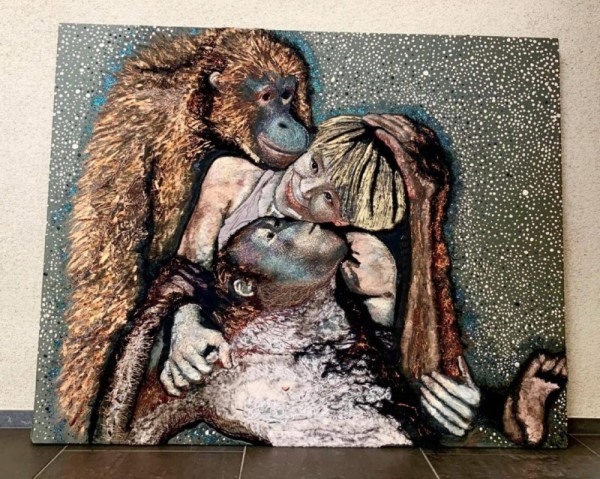
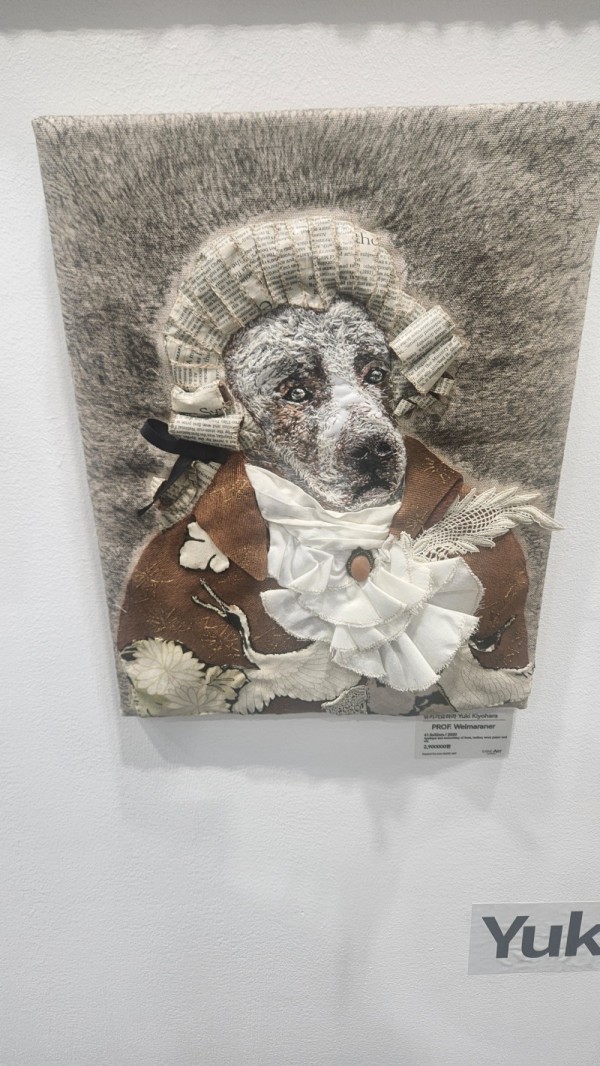
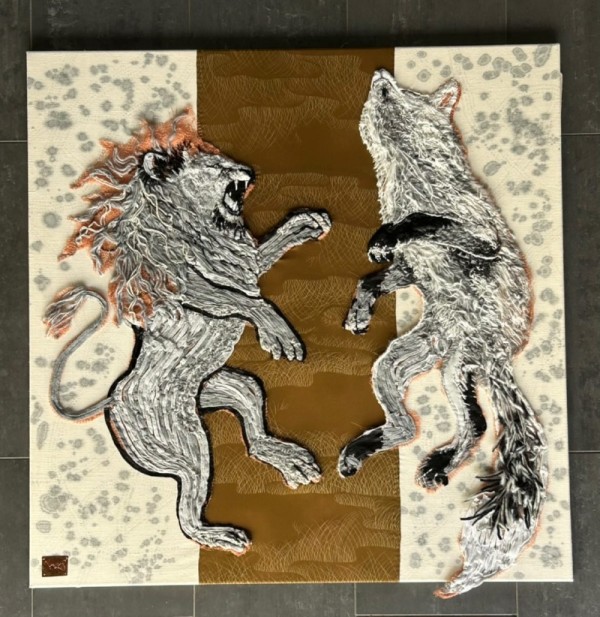
Japanese painter Yuki Kiyohara exhibition, which was exhibited at the Bank Art Fair 2025 Seoul Setec finally ended in great success on the 10th of august, hold an exhibition at the booth of the Shine Atelier Gallery (135-gil, Seonneung-ro, Gangnam-gu, Seoul).
Yuki Kiyohara is an artist who focuses on the existence of humans or living things and peels off his inner life by playing with threads and materials.
Media showbell interviewed Yukiyohara to cover her more in-depth art world.
Q 1 The reason that you started as a Painter in japan,
Kiyohara yuki: It all began purely by chance. At first, I was simply creating works without ever showing them anywhere. One day, while walking my dog, I happened to meet someone and, on a whim, showed them photos of my work.
It turned out that this person was the mother of an up-and-coming contemporary painter.
After seeing the photos, she insisted that I should have a solo exhibition, and she took me—along with my works—in an impromptu visit to a gallery in Kobe. That encounter led to my first solo exhibition there, and from the following year, I continued to hold solo shows as part of their curated exhibitions.
Q 2 What is a art means to you through entire your whole life
Kiyohara yuki: I do not make a living from art. For me, it is not a means to an end, but something that naturally seeps out from within my body—something I cannot help but create, and a testament to my existence in this world.
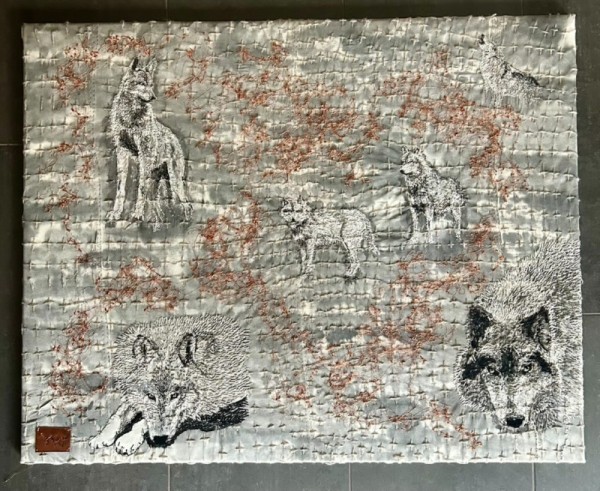
Q3. How does Japanese art market,
Kiyohara yuki: I am not very familiar with the art market, but I feel that in Japan, the sense of personally purchasing art has yet to fully develop.
Many people visit exhibitions of world-famous masters such as Van Gogh or Monet at museums, but they simply want to see well-known works.
Most Japanese artists who have become famous first gained popularity abroad and were later “re-imported” into Japan.
I believe that Japanese people often lack confidence in their own aesthetic judgment and cannot truly appreciate someone unless that person has already been recognized overseas.

Q 4. What is the most good memory in exhibition when you worked as a artist
Kiyohara yuki: At my very first solo exhibition, the gallery had two rooms, one large and one small.
I was exhibiting in the smaller room, while in the larger room was Mr. Sadaharu Horio of the Gutai Group.
He was very taken with one of my works inspired by Picasso and told me I had talent, then proposed a collaborative piece.
We created it in a single day, and it was shown in an exhibition where, after the ten-day run, everything would be destroyed and returned to nothing. Sadly, Mr. Horio has since passed away, but he often said that it was a legendary exhibition.
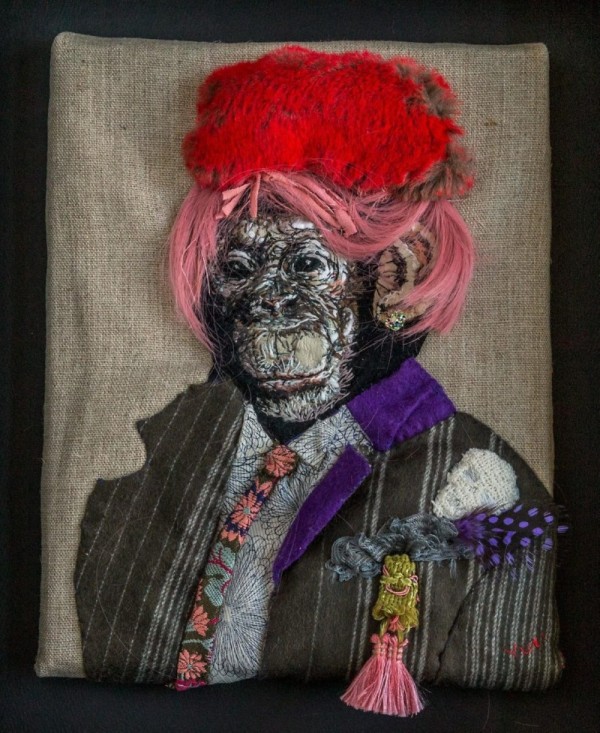
Q 5. Memorable buyer that who bought your art piece
Kiyohara yuki: A distinguished gentleman from the San’in region took an interest in my work and even flew to my home to see it in person.
He purchased four pieces in total, which he plans to display in the art hotel he operates.
I’m looking forward to visiting and seeing them there.
Q 6. The exhibition plan for end of this year and next year
Kiyohara yuki: On October 25–26 and November 1–3, we will be holding a two-person exhibition in Horie, Osaka, limited to those weekends. Next year, I plan to hold a solo exhibition in Kobe in April.
Q7. the global art trend that you think about
Kiyohara yuki: I am not someone who closely monitors the global art scene, so I cannot say for sure, however with the evolution of AI, it has become a partner in artistic creation, giving rise to generative art, interactive works using algorithms, and immersive art experiences utilizing VR and AR.
At the same time, I sense a growing inclination—particularly in regions representing the Global South—toward the more primitive, as well as toward traditional handicrafts and artisan-made works. In other words, precisely because of technological innovation, I believe there will be an increasing nostalgia for the more human, the more earthy—a kind of renaissance, so to speak.
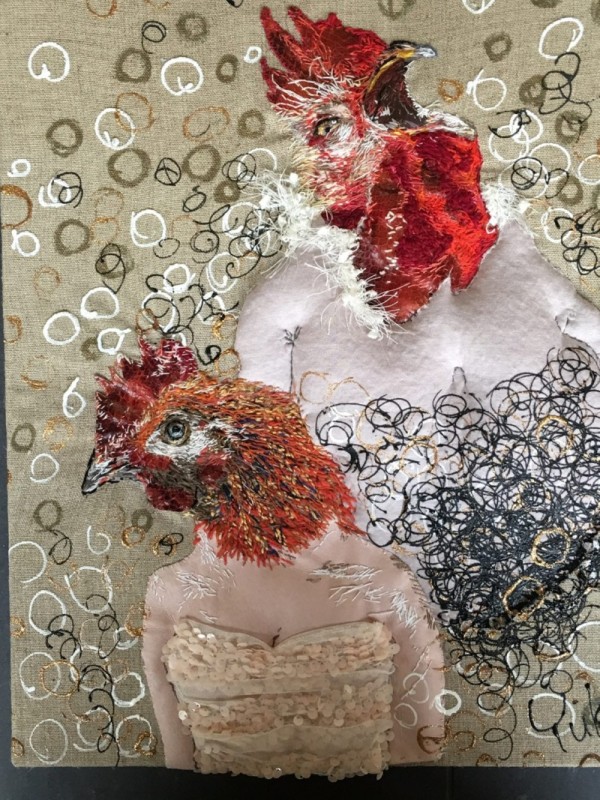
Q8 .How do you think of korean art market, what do you like about Korean art,
Kiyohara yuki: Last year, I participated in the Haegyeonggung Art Festival, but this time I took part in a Korean art fair for the first time.
It was also my first opportunity to see such a large amount of Korean art, and I felt an incredible sense of energy.
I noticed that there were many paintings of traditional jars, but beyond that, I was impressed by how artists value traditional culture while also creating with a sense of freedom.
Compared to Japanese art, there seemed to be fewer grotesque works and more pieces in bright, cheerful tones, which I found very appealing.
